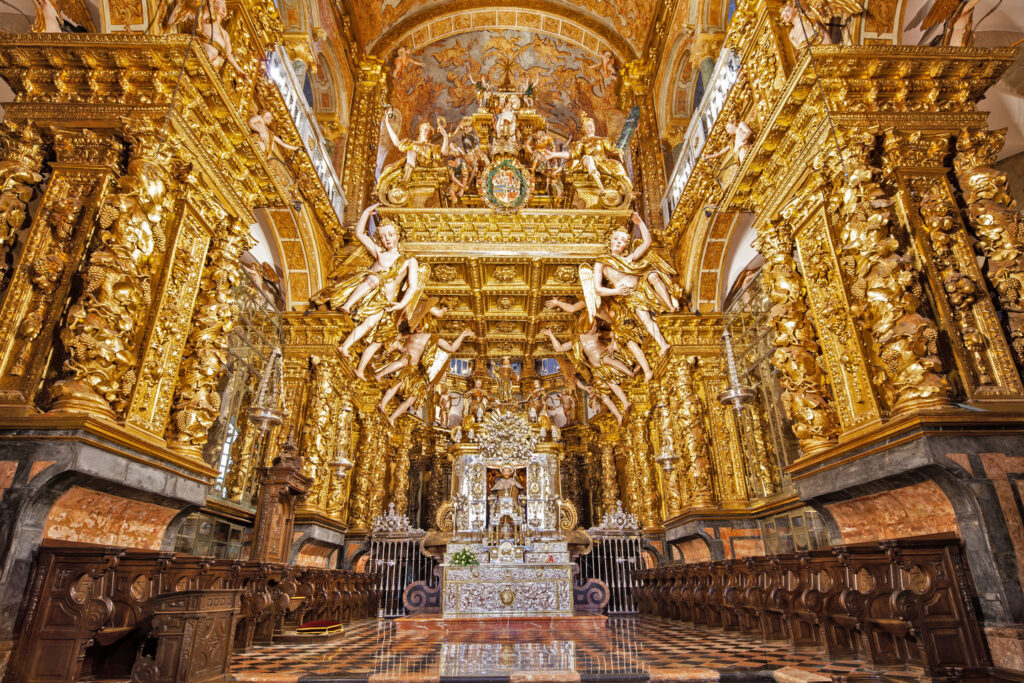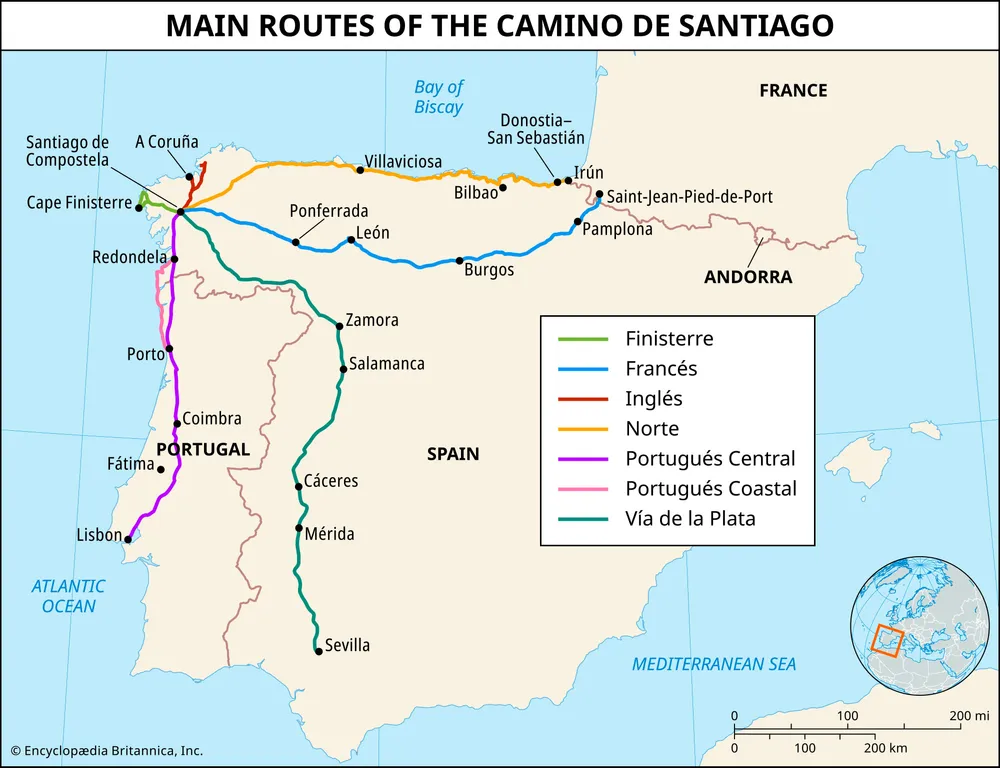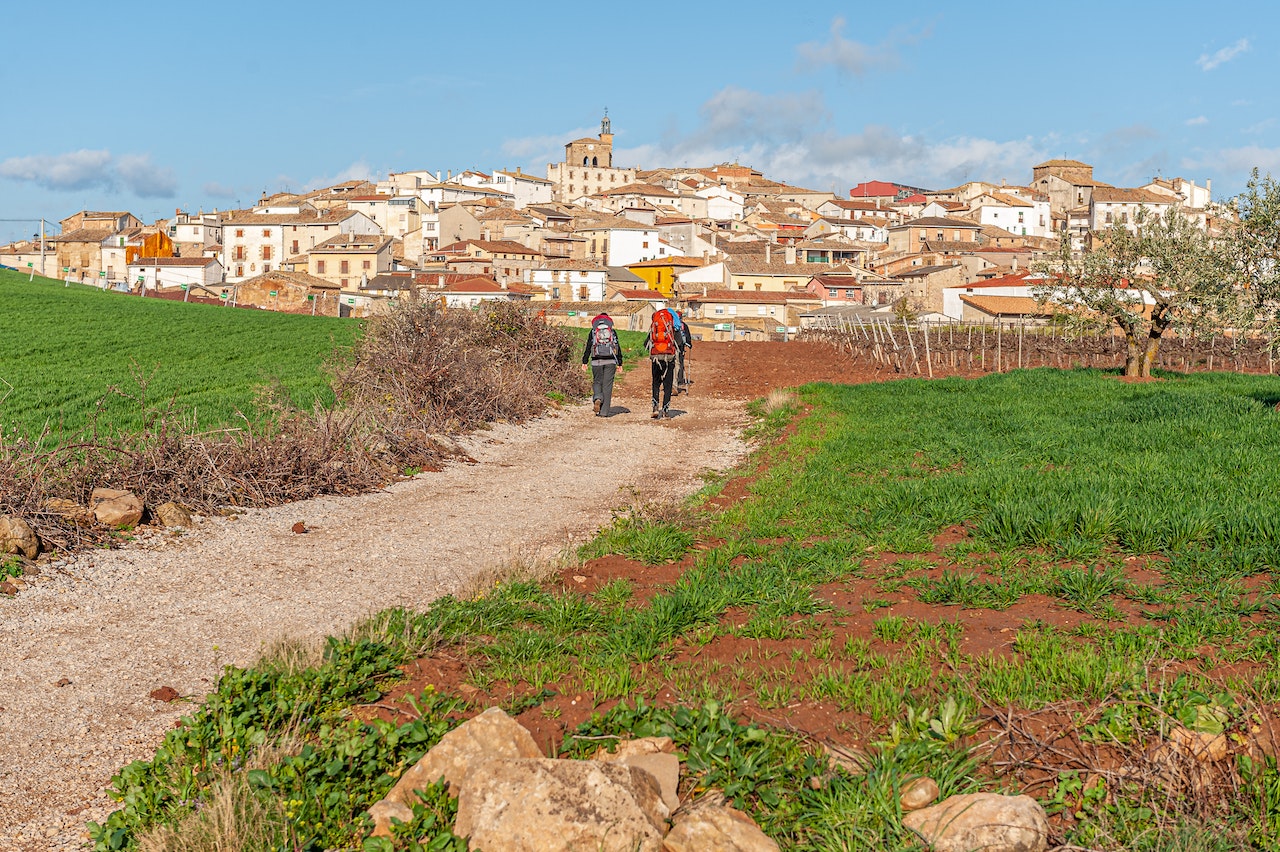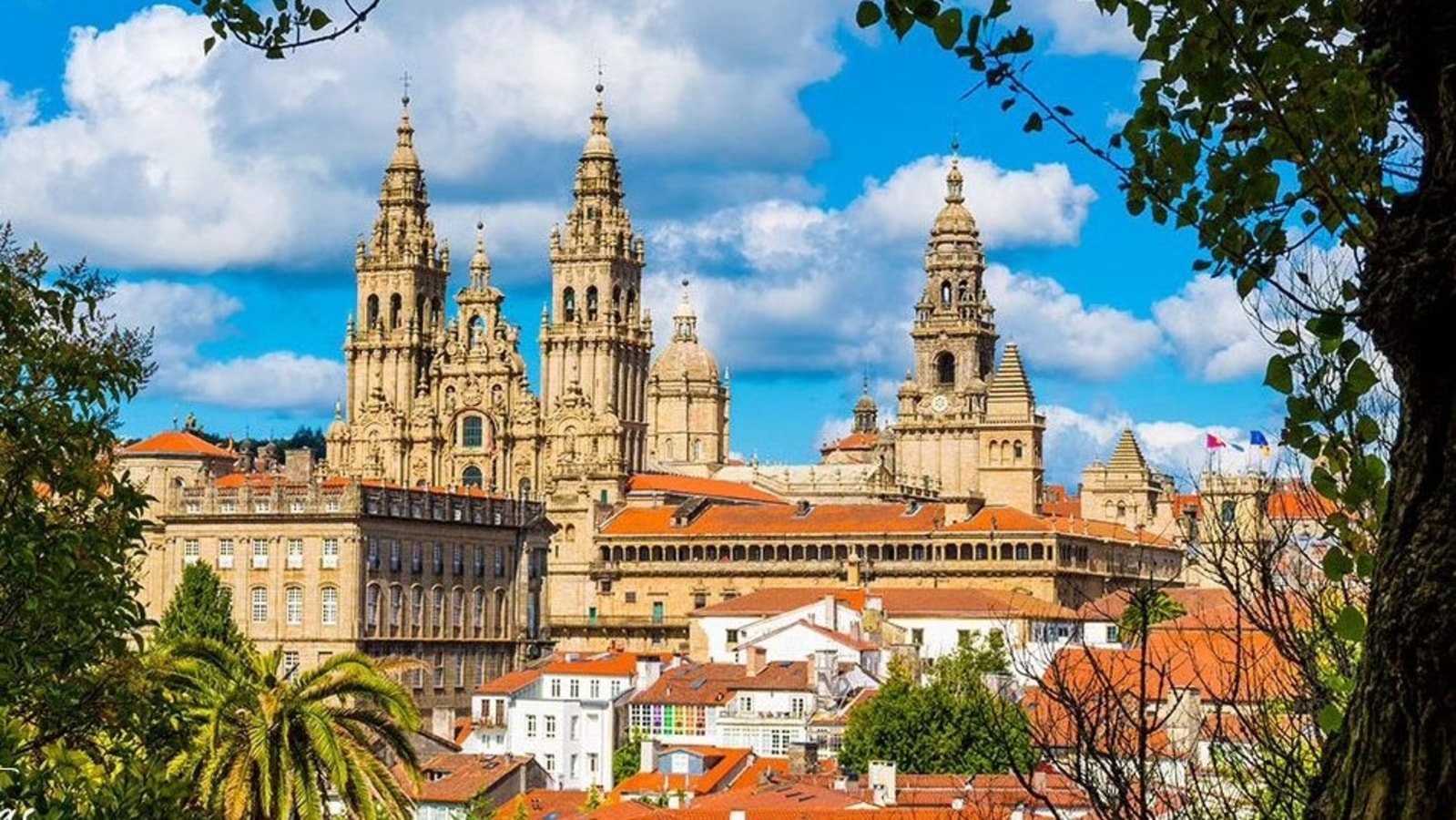Camino de Santiago spiritual journey: The Camino de Santiago, also known as the Way of St. James, is more than just a hiking trail — it’s a transformational journey. Stretching across several routes in Spain and beyond, the Camino leads pilgrims to the Cathedral of Santiago de Compostela in Galicia. Here, the remains of Saint James are believed to rest.
In fact, walking the Camino is both a spiritual experience and an adventure through history and culture. Moreover, the trail winds through mountains, quiet villages, and open countryside, giving travellers a chance to slow down and reconnect with nature.
Originally, the path was walked mainly for religious reasons. Today, it welcomes people from all backgrounds — spiritual seekers, adventurers, historians, and travellers alike. As a result, the Camino has become a journey of purpose, reflection, and connection that inspires everyone who takes the path.

The Most Popular Routes of the Camino: Camino de Santiago spiritual journey
There are several official Camino routes, each offering its history, landscape, and difficulty level.
1. Camino Francés (The French Way)
This is the most famous and well-traveled route. It begins in Saint-Jean-Pied-de-Port, France, and stretches for around 780 kilometers to Santiago. Along the way, you’ll pass through Pamplona, Burgos, and León. Because of its facilities and friendly atmosphere, it’s often considered the best choice for first-time pilgrims.
2. Camino Portugués (The Portuguese Way)
Starting from Lisbon or Porto, this route offers both coastal and inland paths. Compared to the French Way, it’s quieter and more peaceful, making it perfect for travellers seeking calm and reflection. Moreover, the warm hospitality of Portuguese towns adds to the journey’s charm.
3. Camino del Norte (The Northern Way)
This coastal path begins in Irún, in the Basque Country. It follows the rugged shores of the Bay of Biscay, offering breathtaking ocean views. However, the terrain is more challenging, and fewer crowds make it ideal for experienced hikers who prefer solitude and scenery.
4. Camino Primitivo (The Original Way)
The oldest known route starts in Oviedo and travels through mountainous and remote landscapes. Because of its steep climbs and wild beauty, it’s often described as the most spiritual Camino experience. As a result, many pilgrims choose it to connect deeply with the origins of the trail.

Why Walk the Camino?: Camino de Santiago spiritual journey
1. Spiritual Discovery
Whether you’re religious or not, walking the Camino de Santiago invites moments of self-reflection, healing, and growth. In fact, many pilgrims say the journey brings them clarity, peace, and a renewed sense of purpose. As a result, the Camino becomes more than a trail — it’s a path to inner balance.
2. Cultural & Historical Immersion
Along the way, you’ll pass through ancient churches, Roman bridges, and centuries-old villages. Moreover, the Camino acts as a living museum, where history and modern life meet on every path. Each step, therefore, connects you with the stories of Europe’s past.
3. Scenic Beauty & Local Life
From rolling vineyards and quiet forests to snow-capped mountains and sunlit fields, the Camino offers a constantly changing landscape. In addition, you’ll stay in albergues (pilgrim hostels), enjoy hearty regional meals, and meet fellow travellers from around the world. Altogether, it’s a journey filled with beauty and warmth.
4. Connection with Others
Finally, the Camino community is like no other. Strangers quickly become friends, sharing meals, stories, and sunrise moments along the way. Because of this, many pilgrims finish their walk with lifelong memories and lasting bonds.

Practical Tips for Pilgrims: Camino de Santiago spiritual journey
Best Time to Go
The ideal months to walk the Camino de Santiago are spring (April–June) and fall (September–October). During these seasons, the weather stays pleasant and mild, making each step comfortable and enjoyable.
Gear
When packing, carry a light backpack with breathable clothes and sturdy hiking shoes. Also, bring a hat, sunscreen, and a reusable water bottle to stay safe and hydrated along the way.
Pilgrim Passport (Credencial)
As you travel, collect stamps from churches, hostels, and cafés in your pilgrim passport. Over time, these stamps become a record of your journey. Eventually, they allow you to earn the official Compostela certificate when you reach Santiago de Compostela.
Daily Distances
On average, plan to walk 20–25 km per day. However, take rest days whenever needed. After all, the Camino is about the experience, not the speed.
Budget
Finally, most travellers can manage with €25–€35 per day. This amount usually covers food, lodging, and basic supplies. As a result, the Camino remains both affordable and deeply rewarding.
Santiago de Compostela The Final Destination: Camino de Santiago spiritual journey
Arriving at the Cathedral of Santiago is an emotional moment for most pilgrims. In fact, it marks the end of a long and meaningful journey. Whether you attend the Pilgrim’s Mass, admire the Baroque architecture, or rest your feet in the historic square, the feeling is truly unforgettable.
Moreover, this moment symbolizes the completion of both a spiritual and physical challenge. As a result, every step that led here feels worthwhile, filling travellers with a sense of gratitude and awe.

Conclusion The Journey That Changes You:Camino de Santiago spiritual journey
The Camino de Santiago is more than just a trail across Spain — it’s a journey within yourself. In fact, each step invites you to slow down, reflect, and reconnect with what truly matters.
Whether you’re seeking adventure, peace, or simply a quiet break from the noise of everyday life, the Camino offers something meaningful for everyone. As a result, it becomes not just a walk, but a life-changing experience.
